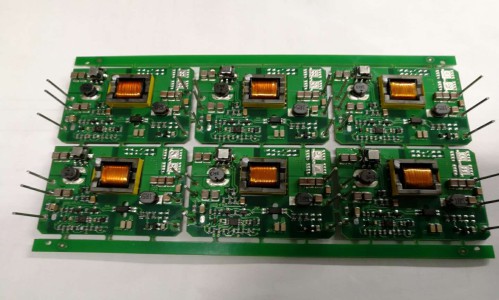A switched-mode
Generally speaking, the DC DC/AC DC converter switched module are widely used company with the PCB broad, which looks like a sister to support each other and help the engineers to finish as many design as possible. Which can be devided into two types,that; is step down and boost voltage switched converter .Voltage regulation is achieved by varying the ratio of on-to-off time. In contrast, a linear power supply regulates the output voltage by continually dissipating power in the pass transistor. This higher power conversion efficiency is an important advantage of a switched-mode power supply. Switched-mode power supplies may also be substantially smaller and lighter than a linear supply due to the smaller transformer size and weight,which can save more space for the equipment to make the shipment be more effective, that’s why more and more power supply factories use the switched module instead switching power supply.
Switching regulators are used as replacements for linear regulators when higher efficiency, smaller size or lighter weight are required. They are, however, more complicated; their switching currents can cause electrical noise problems if not carefully suppressed, and simple designs may have a poor power factor.
